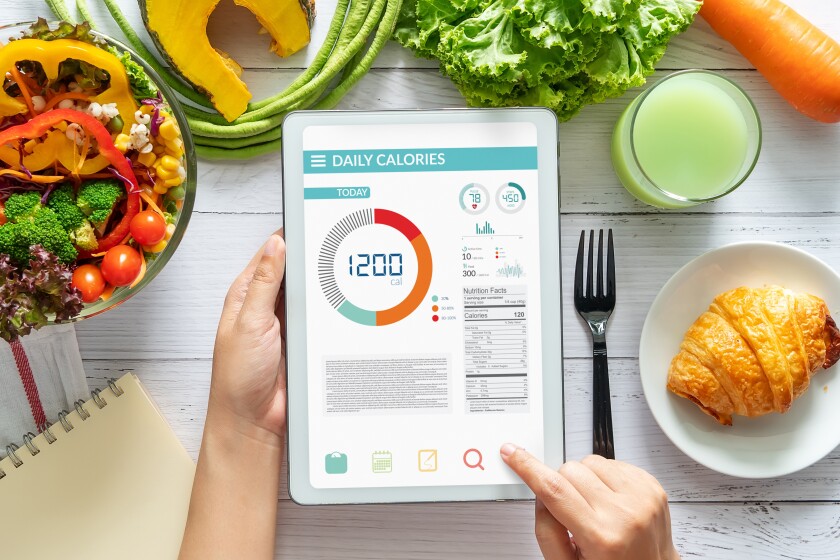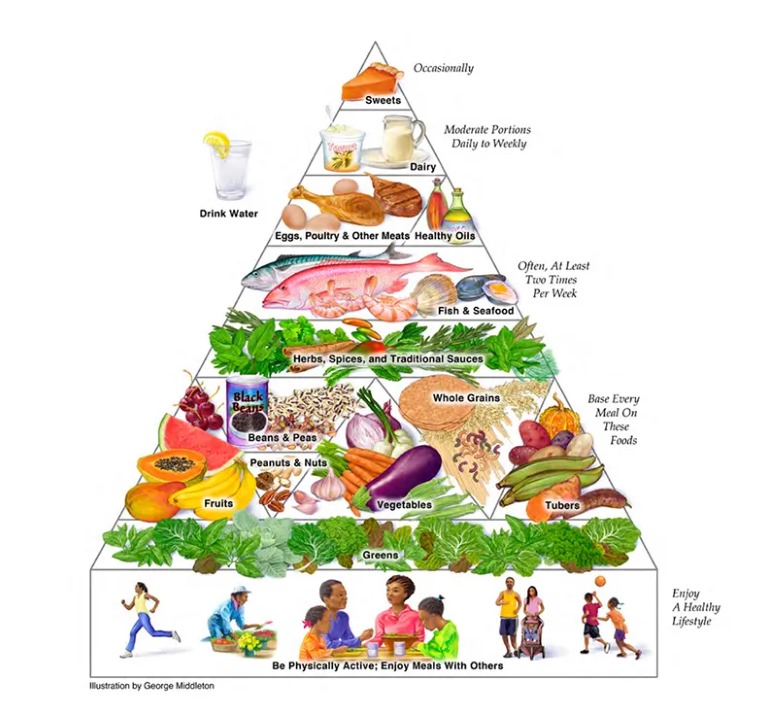Staying fit isn’t just about cutting calories anymore—it’s about how, when, and why we eat. Compared to a few years ago, the landscape of dieting has changed dramatically. In 2019, the world was fixated on intermittent fasting, calorie-counting apps, and celebrity-endorsed nutrition fads. Fast forward to 2025, and diet culture has evolved into something more nuanced, scientific, and, in many cases, personalized.
What’s behind this shift? It’s a mix of wearable health tech, gut microbiome research, and a growing push for longevity-focused eating patterns. In this article, we’ll explore the 10 most-searched diets of 2025 according to Google Trends, followed by a deep dive into the broader categories of diets that continue to dominate the wellness conversation.
Top 10 Trending Diets of 2025
1. Intermittent Fasting (Still Going Strong)
Despite being around for years, intermittent fasting hasn’t lost steam. In fact, it’s expanded into more flexible formats in 2025. The traditional 16:8 fasting model remains popular—where you fast for 16 hours and eat during an 8-hour window—but other versions like the 5:2 and alternate-day fasting are seeing renewed interest. New data suggests benefits not just for weight loss but also for metabolic health, autophagy, and even mental clarity.

2. GLP-1 Supportive Diets (Ozempic-Inspired Eating)
With the rise of GLP-1 medications like Ozempic and Mounjaro for weight loss, people are now searching for diets that complement these medications. A GLP-1-supportive diet typically includes high-protein meals, reduced sugars, and low-glycemic carbs to manage blood sugar and avoid gastrointestinal discomfort. The diet supports satiety and helps users maintain their lean mass while on medication.
3. Anti-Inflammatory Mediterranean Fusion
The Mediterranean diet has been a staple for years, but in 2025 it’s merged with anti-inflammatory principles. This fusion includes all the classics—olive oil, fish, legumes, greens—but puts special emphasis on turmeric, ginger, fermented foods, and omega-3s. It’s now framed less as a weight-loss plan and more as a long-term strategy for preventing chronic illnesses like arthritis and Alzheimer’s.
4. The Hormone Reset Diet
Focused on hormonal imbalances in women over 35, this plan has surged in popularity thanks to TikTok influencers and health coaches. It promotes cycle-syncing with food—eating differently during various phases of the menstrual cycle—and emphasizes cruciferous vegetables, fiber, and moderate carbs to balance estrogen, progesterone, and cortisol. Although critics argue it’s short on peer-reviewed backing, many women claim it helps with bloating and fatigue.
5. Vegan Keto
Blending two extremes, the vegan keto diet has become a niche but trending option in 2025. It's difficult to execute but not impossible, relying on foods like avocados, nuts, seeds, tofu, tempeh, and coconut oil. It requires precise macro-tracking but promises the benefits of both approaches: fat loss, improved blood sugar, and reduced animal product consumption.
6. Reverse Dieting
This diet isn't about losing weight but maintaining it. Reverse dieting gained traction as a method for increasing caloric intake after a cutting phase without regaining fat. Athletes and fitness enthusiasts use it to rebuild metabolism slowly. It’s also catching on among those recovering from restrictive dieting, helping them add calories back gradually while minimizing fat gain.
7. The Microbiome Diet
Fueled by advances in gut health research, the microbiome diet prioritizes fiber-rich prebiotics, probiotic-rich fermented foods, and polyphenol-rich plants. People are now taking microbiome test kits at home and following custom diets to balance their gut flora, which may influence not only digestion but also mood, immune health, and weight.
8. Carbon-Conscious Eating
This eco-focused trend emphasizes foods with a low environmental footprint. It involves reducing red meat, choosing local seasonal produce, and prioritizing foods that require minimal processing and shipping. Dietitians are seeing it as a double win: great for personal health and planetary sustainability. It’s not necessarily about calorie-cutting but about being an ethical and informed consumer.
9. Digital Detox + Dopamine-Fasting Diets
While not entirely food-related, these hybrid plans have made waves. The idea is to combine sugar reduction, processed food elimination, and social media fasting to “reset dopamine receptors.” Dieters report improved focus, emotional regulation, and fewer cravings—although some experts say the science is still catching up with the hype.
10. The Nordic Diet
Originating from Scandinavian countries, this plan is now trending globally. It focuses on whole grains (like rye and barley), fatty fish (especially salmon and mackerel), root vegetables, and berries. Unlike keto or paleo, it allows carbs—just the right kind. It’s also praised for its environmental sustainability and traditional health benefits.

Types of Diets: From Nutritional Theory to Philosophical Beliefs
Diet trends may shift every year, but most fall into a few major categories. Let’s break down the broader types of diets and the most recognizable examples within each.
Nutritional Theory-Based Diets
These diets are rooted in biological processes and often backed by some level of research.
Low-Fat Diets
Still championed by organizations like the American Heart Association, low-fat plans limit saturated fats and cholesterol. They rely heavily on grains, fruits, vegetables, and lean proteins. While these diets saw a decline in the 2010s, they’re regaining attention for their role in heart disease prevention and weight control—especially when combined with high-fiber intake.
Ketogenic Diet
The king of high-fat, low-carb regimens, keto remains widely followed in 2025. Some variations now focus on clean keto (eliminating processed meats and dairy) or Mediterranean keto (adding olive oil, fish, and nuts). It remains popular for quick fat loss, though it’s hard to maintain long-term.
Atkins Diet
A precursor to keto, the Atkins method is more forgiving. It starts with a strict low-carb phase, then gradually reintroduces carbs. Though less trendy, it still has a loyal following for those who want structure without total restriction.
South Beach Diet
Focusing on “good carbs” and lean proteins, South Beach combines low-GI foods with a phased approach. It’s simpler than keto, and more balanced in terms of macronutrients.
Mediterranean Diet
Considered one of the healthiest by medical experts, the Mediterranean approach is rich in vegetables, legumes, whole grains, fish, and healthy fats. It’s often recommended by doctors for those managing cholesterol, blood pressure, and even Alzheimer’s risk.
Blood Type Diet
Still popular in niche wellness circles, this one assigns foods based on your blood type. There’s little scientific consensus behind it, but it persists due to strong anecdotal support.
Common-Sense Diets
Not flashy, but they work—and they’re sustainable.
DASH Diet
Originally developed to reduce high blood pressure, the DASH approach is balanced and whole-food focused. It minimizes sodium and emphasizes potassium-rich foods like leafy greens, sweet potatoes, and legumes.
MIND Diet
A hybrid of DASH and Mediterranean, the MIND plan is designed to support brain function. It centers on dark leafy greens, berries, nuts, whole grains, olive oil, and fish. It’s particularly praised for its role in cognitive aging.
AHA and Mayo Clinic Diets
These institutional diets focus on portion control, balanced nutrition, and lifestyle modification. They’re evidence-based and promote gradual, sustainable weight loss.
Jenny Craig and WW (formerly Weight Watchers)
Paid diet programs that deliver prepared meals or point-based tracking systems. They’re convenient for busy individuals who want structure and accountability. WW’s new 2025 program integrates AI-based personalization, giving users even more tailored recommendations.
Calorie Counting and Meal Planning Diets
These approaches rely on numerical precision—calories, macros, or point systems.
1200-Calorie Diet
Though controversial, 1200-calorie plans are still in circulation. They’re used for short-term weight loss but are not sustainable or advisable for the average adult without medical supervision. Variants include 1500-calorie and macro-specific plans tailored for different goals like muscle building or fat loss.
Macro-Based Dieting
A flexible and data-driven strategy, macro dieting allows for eating any type of food as long as it fits within daily targets for protein, fat, and carbohydrates. Often used by athletes and bodybuilders, macro tracking apps like MyFitnessPal or Carb Manager have grown increasingly sophisticated in 2025, integrating AI suggestions and wearable sync features.
Reverse Dieting
Originally popular among fitness competitors, reverse dieting has gone mainstream. It helps people slowly increase calories after dieting phases, aiming to stabilize weight while resetting the body’s metabolism and hunger signals.
Philosophical Diets
These diets are often chosen for ethical, spiritual, or environmental reasons—rather than purely for weight loss.
Vegan and Plant-Based Diets
These continue to surge in popularity thanks to rising environmental awareness and ethical concerns about animal welfare. Vegan diets eliminate all animal-derived products, while plant-based eaters may still consume eggs or dairy occasionally. New in 2025: AI-generated meal plans and lab-grown meat alternatives have made adherence easier than ever.
Vegetarian Diets
Still a solid middle ground for people who want to limit meat without going fully vegan. Flexitarian and pescatarian diets fall under this umbrella, allowing occasional meat or fish. They offer weight control benefits while still supporting overall wellness.
Paleo Diet
A dietary throwback to ancient times, paleo avoids grains, dairy, legumes, and processed foods in favor of meat, nuts, fruits, and vegetables. In 2025, it’s often merged with intermittent fasting or low-FODMAP diets for those with digestive issues.
Raw Food Diet
Once niche, raw food plans now have their own community of passionate followers. This diet is exactly what it sounds like—eating uncooked, unprocessed plant foods. Critics warn of nutrient deficiencies, while advocates praise its detoxifying effects and simplicity.
Medically-Driven Diets
Not all diets are chosen voluntarily—some are necessary for managing chronic health conditions.
Gluten-Free Diet
Initially used only for celiac disease, gluten-free living is now popular among those with gluten sensitivity, autoimmune conditions, or inflammation concerns. More gluten-free whole foods and restaurant options are available in 2025 than ever before.
Low FODMAP Diet
Originally created to manage IBS, this diet eliminates fermentable carbs that cause bloating and discomfort. It’s complex and usually done under professional guidance, but it offers relief for people with chronic GI symptoms.
GERD Diet
This plan helps those with acid reflux avoid trigger foods such as spicy dishes, acidic fruits, and caffeine. It’s often combined with timing strategies like avoiding meals late at night or lying down after eating.
Hashimoto’s and Thyroid-Supportive Diets
Autoimmune thyroid conditions require specific dietary adjustments. These typically include iodine-rich foods, selenium, zinc, and gluten elimination. Adaptogens and anti-inflammatory foods are also emphasized to support thyroid function and reduce fatigue.
Gallbladder-Friendly Diet
For those with gallstones or post-surgical needs, this diet limits fat intake and focuses on easy-to-digest meals. Whole grains, lean proteins, and cooked vegetables are staples.
Fad Diets That Refuse to Die
Despite being critiqued by nutritionists, some old-school diet trends just won’t go away.
Cabbage Soup Diet
Low-calorie, low-variety, and ultimately unsustainable—but still trending among those looking for quick fixes before vacations or events.
Apple Cider Vinegar Regimens
Often marketed as metabolism boosters, these involve taking vinegar shots before meals. Science doesn’t back dramatic weight loss claims, but some believe it aids digestion.
Tom Brady’s TB12 Plan
This mix of organic, anti-inflammatory, alkaline foods is popular among biohackers and athletes. It’s high-maintenance and expensive but still has a cult following.
Mono Diets
Eating just one food type (bananas, potatoes, etc.) for a short period still finds curious experimenters in 2025. Most health experts strongly discourage these due to nutritional imbalances and extreme restriction.
A Quick Word on Sustainability and Mental Health
It’s easy to be lured in by buzzwords and promises of fast results. But behind every diet plan is a real person with a real life. Any diet—no matter how trendy—can become damaging if it feeds into obsessive thinking, guilt, or shame. That's why mental health professionals now collaborate more closely with nutritionists to ensure diet advice also supports emotional well-being.
Final Note: Dieting in the Era of Data and AI
One major trend in 2025 is personalization. The era of one-size-fits-all plans is fading, replaced by precision nutrition based on genetics, microbiome analysis, and wearable health data. People now ask: “What does my body need?” instead of “What’s working for everyone else?”
As the science grows deeper, one truth remains the same: a healthy diet isn’t about rules—it’s about what you can realistically sustain, what nourishes you, and what brings balance to your life.














